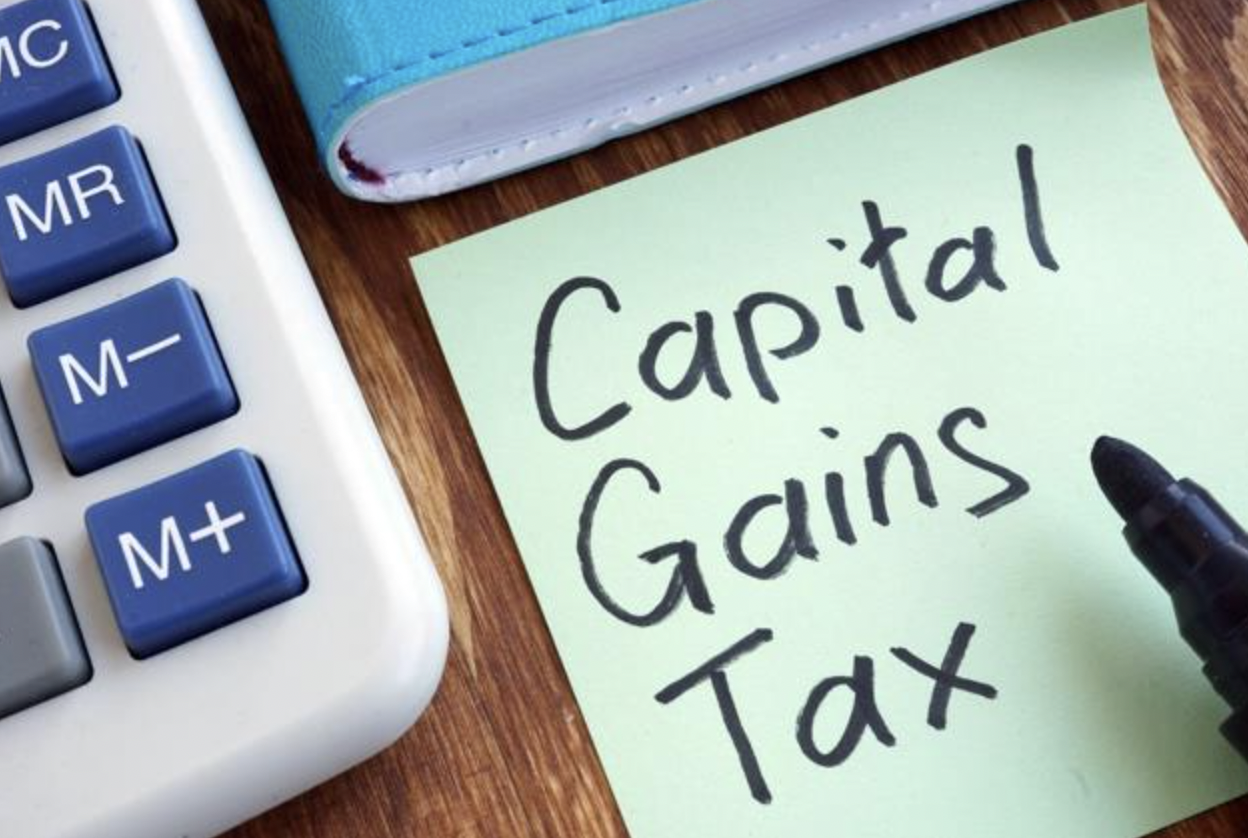How to Eliminate Capital Gains Tax on the Sale of Your Property
 If you're someone who invests in properties and you've recently sold or are in the process of selling your investment property with a nice
profit, chances are you're keen on finding out about any tax exemptions or concessions that could potentially lower the amount you owe in
capital gains tax.
If you're someone who invests in properties and you've recently sold or are in the process of selling your investment property with a nice
profit, chances are you're keen on finding out about any tax exemptions or concessions that could potentially lower the amount you owe in
capital gains tax.
Well, here's some good news for you: there's a rule called the "six-year absence rule," which is often referred to as the "six-year capital gains tax (CGT) rule." This rule can be incredibly advantageous when it comes to reducing your capital gains tax burden.
Now, let's dive into the details so you can make the most of this rule.
What is capital gains tax ?
So, here's the deal: when you sell an investment property and make a profit from it, that profit is treated as income. It's not just any income, though—it's something called capital gains tax or CGT.
Here's how it works: when you file your annual income tax return, you need to include the profit you made from selling the property. That profit gets added to your overall income, and as a result, you become liable to pay an extra tax, which is known as capital gains tax or CGT.
Concessions and exemptions that reduce CGT
There are a few situations where you can take advantage of concessions or exemptions that reduce the amount of CGT you owe. These include the main residence exemption, the six-year absence rule, the six-month rule, and the 50% CGT discount.
Main residence exemption

So, here's the deal: if you own a property and actually live in it, that property is considered your main residence. Now, here's the exciting part: when it comes to capital gains, you can be exempt from liability if it's your main residence. Pretty neat, right?
But hold on, there are a few things you need to know to qualify for this exemption. You'll have to demonstrate to the Australian Taxation Office (ATO) that the property has indeed been your main residence since the time of settlement, and there are some specific criteria to fulfill.
First off, you must have occupied the property for the entire duration that you've owned it. It should be the place where you keep your belongings, receive your postal mail, and have your utility accounts registered in your name. Additionally, it's important to be registered at that address on the electoral roll.
By meeting these criteria and proving that the property is genuinely your main residence, you can potentially enjoy the benefit of exemption
from capital gains liability. It's definitely worth exploring if you meet the requirements, as it can save you a significant amount of money
in the long run.
The 6 year absence rule
The Australian Taxation Office (ATO) has a nifty rule called the CGT six-year absence rule. It allows property owners to treat their property as their main residence even after they move out and start generating income from it for up to six years.
So, just like owner-occupiers who sell their family home without facing capital gains tax (CGT), property investors can sell their investment property within that six-year window and avoid CGT.
Now, to take advantage of this rule, there are a few criteria you need to meet:
- Initially, the property must have been your main residence before you started using it to generate income, such as renting it out.
- You can't nominate another property as your main residence during the same period.
This six-year absence rule is commonly used when people can't live in their main residence, perhaps due to work-related relocation, for example. Instead of leaving the property vacant, they can rent it out without worrying about triggering CGT liability when they eventually sell it.
Here's another perk: each time you move back home and re-establish it as your main residence, the six-year absence rule resets. So, as long as you don't move away for more than six years at a time, you can claim the main residence exemption and enjoy the benefits of this CGT concession.
Benefits for owner occupiers
When you sell an investment property and make a profit, paying capital gains tax (CGT) is something you can't avoid.
But hold on, there's some good news! If you're well-informed about the rules and guidelines set by the Australian Taxation Office (ATO) regarding CGT, you might be able to reduce your liability or even be exempt from it, which can significantly lighten your tax burden.
Now, here's the great news for owner-occupiers: you may have access to something called the main residence exemption. What does that mean? Well, in most cases, you won't have to worry about paying CGT when you sell your own home. Isn't that a relief?
But wait, there's more! Property investors also have something to smile about. The ATO has a provision known as the CGT six-year absence rule, which allows property investors to potentially claim the main residence exemption, but there are conditions to meet.
If you fulfill the criteria and sell a property that was once your home within six years of renting it out, you may be eligible to apply for the six-year absence rule and take advantage of the main residence exemption.
Remember, it's always a good idea to seek advice from a registered tax agent or property tax specialists before making any claims for ATO capital gains tax concessions and exemptions. They can provide guidance tailored to your specific situation and ensure you navigate the process correctly.
By staying informed and seeking expert advice, you can make the most of these concessions and exemptions and potentially save yourself some hard-earned money when it comes to capital gains tax.
To see how you can make use of the 6 year rule to eliminate your tax liability , arrange a chat with one of our expert team members.














